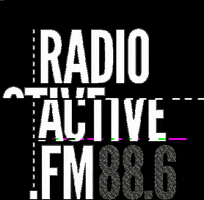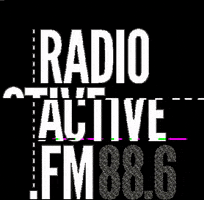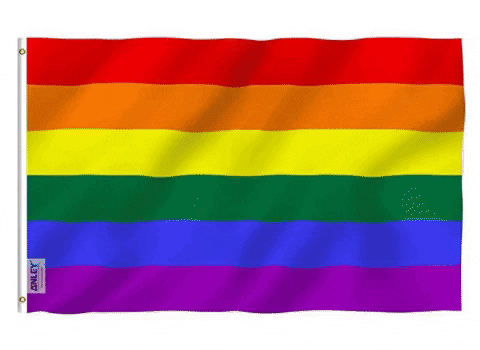
Modern History of the Republic of the Marshall Islands 1914 - 1952
Watch this 27-minute video of
the Battle for Kwajalein - 1944

The Battle for Wotje Atoll
- 1944


The people of Bikini Atoll being forced to evacuate their homeland in 1946 in
preparation for the first series of nuclear tests called "Operation Crossroads"
This short video has SPECTACULAR color images
of "Operation Crossroads" at Bikini Atoll in 1946
Watch this 42-minute video about
"Operation Crossroads" at Bikini Atoll in 1946.
1914-1919 The Marshall Islands were occupied by the Japanese during WW I.
1939-1945 The Marshall islands were captured by US forces during WW II.
1940s-1950s The US conducted 67 above ground nuclear and thermonuclear tests in the Marshall Islands.
1942 Feb 1, Planes of the U.S. Pacific fleet attacked Japanese bases in the Marshall and Gilbert Islands.
1943 Dec 8, U.S. carriers sank two cruisers and down 72 planes in the Marshall Islands, Allied invasion of the Marshalls begins and occupation results
1944 Jan 31, During World War II, U.S. forces under Vice Adm. Spruance began invading Kwajalein Atoll and other parts of the Japanese-held Marshall Islands.


Battle of Kwajalein - 1944
Bob Hope entertaining troops in The Marshall Islands, 1944

Battle of Kwajalein, 1944. American
soldiers with a Japanese P.O.W.
Japanese bunker, Wotje Atoll, 1990

1944 Feb 17, U.S forces landed on Eniwetok atoll in the South Pacific Marshall Islands. Battle of Eniwetok Atoll began. US victory on Feb 22.
1944 Feb 20, US took Eniwetok Island.
1944 Oct 28, The first B-29 Superfortress bomber mission flew from the airfields in the Mariana Islands in a strike against the Japanese base at Truk.
1945-1986 At the end of World War II control of the Marshall Islands was granted to the U.S.A. and it remained in control as part of a unique UN Strategic Trust Agreement. Article 6 required the U.S. to "Protect the health of the inhabitants" . . . And to "Protect the inhabitants against the loss of their lands and resources." Go here for the original United Nations Strategic Trust Agreement of 1947: https://www.un.org/en/ga/search/view_doc.asp?symbol=S/RES/21%20(1947)

Commodore Ben Wyatt [C] arriving at Bikini in early 1946 to tell Iroij Juda [L] that after living on Bikini for 2,000 years they must immediately move for the series of A-tests called "Operation Crossroads"

The people of Bikini departing for their so-called "temporary" abandonment of their ancient homeland in 1946, giving new meaning to the word "temporary" since they are still without their traditional home.
"Operation Sandstone" - 1948 - Enewetak Atoll
These four videos document the series of
atomic bomb tests at Enewetak Atoll in 1948
The following six videos depict the history of the world's first fusion [vs.
fission] detonation of a thermonuclear device 750 times the size of the "tiny" Hiroshima fission A-bomb at Enewetak Atoll in 1952







